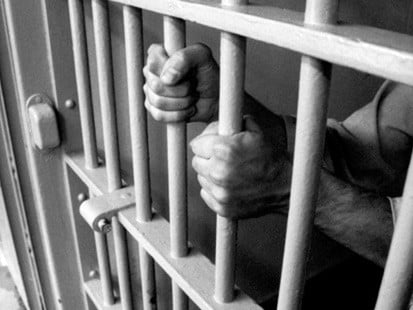Forced labour = slavery.
How difficult can it be to understand this elementary concept, Pat?
You're the one who invokes Ben's name in this thread and yet it is you who are acting like him...
How difficult can it be to understand this elementary concept, Pat?
You're the one who invokes Ben's name in this thread and yet it is you who are acting like him...





Comment